Mastering a proper breastfeeding or formula schedule is a feat for many new parents. But don’t get too comfortable yet – your little bundle of happiness will be ready for solid foods soon.
The American Academy of Pediatrics recommends that babies should be exclusively breastfed until the age of six months. However, most babies are ready for solid foods between four and six months.
If you choose to go the baby-led weaning route, you can skip purées and let your baby explore finger foods. This can make mealtimes fun as they discover a whole new world of aroma, taste, color, and texture for a variety of foods. Not to mention that baby-led weaning provides excellent opportunities for fine-tuning motor development.
Hints That Your Baby is Ready to Start Solids
Unsure when to start your baby on solids? As your baby grows older, they’ll require supplementary food sources of iron and other essential nutrients for development.
In addition to age, these are some signs that your baby is ready for more than just breast milk or formula:
-
Does your baby reach out for your food or show interest in what you’re eating?
-
Can your baby sit upright with support?
-
Can your baby hold their head in an upright, steady position?
-
Does your baby open their mouth when you playfully point your food in their direction?
-
Is your baby mouthing toys?
If your baby checks these questions, then you can supplement their liquid diet and start them on solids. It is not recommended to start your baby on solids before four months because of several health risks you’ll be exposing them to.
However, if your baby is yet to start solids at seven months and baby-led weaning does not work, it’s time to seek a pediatrician’s opinion.
Common Issues Parents Face During Mealtime
In the first couple weeks of making the transition to solid foods, you may feel a little nervous and challenging, from trying to make sure they don’t choke to dealing with the inevitable mess, as they discover different food and practice their fine motor skills:
-
Messy meals: Of course, mealtimes for babies are expected to be messy. However, you’ll be risking serious chaos if you start your baby on solids without adequate preparation.
-
Discomfort to the child: Stuffy bibs, utensils that are too soft/too big can cause discomfort and cause your baby to lose interest when practicing baby-led weaning.
-
Frustration for parents: Starting your baby on solids is a daunting endeavour by itself. It's not just your baby, but you’ll also go through the same experience after a few “unsuccessful” attempts.
However, it is important to remember to not get discouraged by all of the above, as like anything else, it is a learning process and your baby will learn to get better at grabbing and eating. Also, when encouraged the right way, mealtime will even become one of their favorite activities that they look forward to!
Having the right expectations and having the right items to prepare for mealtime often goes a long way in setting up a fun and enjoyable mealtime for your baby.
8 Mealtime Must-Haves When Your Baby Starts Solids
Now that your baby is ready to start solids, you should ensure that you have all the essentials to make this transition as easy as possible. Introducing solid foods can be a daunting experience, especially if you are a first-time parent.
We’ve selected some absolute must-haves to make mealtimes fun for your tot and less of a mess for you. These carefully handpicked items will also encourage baby-led weaning, self-feeding, and hone infant motor coordination.
1. A Comfortable High Chair or Booster
You are already familiar with messy mealtimes for babies. Now, get ready for more amusing chaos once your baby starts solids. Highchairs offer convenience and comfort that make mealtimes more pleasant for you and your baby.
Aside from a latching tray, highchairs also come with handy features like child safety restraints, a comfortable seating pad, and storage space. Newer models are designed to accommodate your infant’s size as they grow. Some of these have security features like lockable wheels and straps as well.
ANTILOP highchair by IKEA ($19.99)
The IKEA ANTILOP highchair is one of the most popular ones out there because it's very well-built and extremely affordable ($19.99).
Adjustable footrests from Yeah Baby Goods ($31.96)
Also, make sure you get an adjustable footrest to support your child’s feet from Yeah Baby Goods (they also have some adorable highchair accessories including leg wraps to customize further)
At six months, your baby is becoming more receptive to their environment. A highchair or booster seat encourages inclusion in family activities, such as family mealtimes.
2. Easy-to-Clean Bibs
Using bibs at feeding time protects your baby’s adorable outfit and saves you the stress of changing their clothes after every meal.
Silicone bib by Nightingale ($13.99)
With 100% waterproofsilicone bibs, you can keep oily foods from ending up on your baby’s arms or laps. Of the different bib types, silicone bibs are the favored choice because of how easy to clean they are and how effectively they catch crumbs and spillage.
This handy mealtime helper rests comfortably on your baby’s shoulders and has easily adjustable straps that can be fastened with one hand – a useful feature for when one of your hands is occupied.
3. Baby Spoons
Baby spoons can be introduced at six months when you start your baby on semi-solids. At this age, their hand-eye coordination isn’t fully developed, and they’ll need your help.
However, as they grow older, learning to use spoons means successfully scaling a developmental milestone. In the meantime, your baby can be given easy-to-grasp spoons to practice with, or even chew on while teething. Platinum silicone utensils are especially recommended for safety reasons.
Although you may not necessarily use spoons immediately when you start your baby on solids – particularly if you are practicing baby-led weaning – these are handy to have in your mealtime arsenal.
4. Bowls and Serving Dishes
When your baby starts solids, you shouldn’t simply provide them with a tray laden with food.
Bowls and serving dishes help you keep an eye on portion sizes. Remember that your baby still gets most of their nutrients from breastmilk at this stage and their solid food intake is meant to be supplementary.
If you are doing baby-led weaning, serving dishes help minimize the mess. Babies are less likely to swipe from side to side when their food is in a bowl.
Bamboo dinnerware set by CINK
Our current favorite is CINK bamboo dinnerware, as they are the perfect size for meals or snacks and are very easy to clean. The Dinnerware set comes with a bowl, a sippy cup and a feeding spoon (you can also grab a matching set of plates too).
5. Baby Drinking Cups
Part of your baby’s transition to solid foods involves learning to use cups. Introducing safe cups to your baby is also an effective method to wean them off bottlefeeding.
Stainless steel cup by Cupkin ($26.82 for a set of 2 cups)
We love the stainless steel Cupkin cups as they are super well-made, do not chip and are available in a wide range of colors.
When you expose your baby to a variety of cup types, you’re encouraging optimal oral motor skill development in your child. Baby drinking cups help your baby exercise the soft palate, tongue, and facial muscles – jaw and lips.
Teaching your child to use a cup takes patience, expect a lot of drips and spills at first. It gets better as they get used to the process.
6. Portion and Freeze
Baby food should be stored in properly designated containers once your baby starts solids. If you make baby food in bulk, remember to store anything that won’t be consumed within the next 48 hours in the freezer. Everything else that you expect to be eaten within this period can be safely stored in the refrigerator and reheated as needed.
Freezer tray with lid by NUK ($7.49)
Some healthy storage options for baby food include:
- Ice cube trays for liquids and semi-solids
- Airtight glass containers
- Silicone freezer trays
- Silicone muffin cups
- Freezer-safe jars
You can thaw frozen baby food using:
-
Submersion method: Placing the storage container inside a larger bowl filled with hot water to warm it up.
-
Stovetop: Warming the food in a small saucepan on low heat.
-
Refrigerator: Transferring frozen food to the refrigerator to thaw slowly. This may take up to 12 hours to defrost, so plan ahead of time.
-
Microwave: Warming the thawed food in a glass bowl using a microwave. Remember to reduce the microwave to 50% power, warm the food in 15 minutes increments, and never reheat in pouches or plastic containers.
7. Placemats
Even when your baby is properly bibbed, starting solid foods will be a messy process before it gets better. Despite your best efforts, some of the meal may miss its mark and end up on the table. This is even more likely if you are practicing baby-led weaning.
Silicone place mat by Nightingale ($15)
Silicone placemats are easy to clean and keep the mess contained. When you use these, you can even pick up table food that’s still clean enough for your baby to eat. These placemats lay perfectly against highchair trays and help your baby transition to open tables.
Silicone strawsare a preferred alternative to sippy cups. They protect your baby’s gums and teeth from chipping.
Silicone straws by Nightingale ($12)
Once your baby starts solids and can suck/lick food off their fingers, they are ready to learn to drink from a straw. You can help your baby adjust to having a straw in their mouth by dipping one end of the straw in their favorite food and putting it in their mouth. They will reflexively suck on the straw after a few seconds.
Silicone straws are bendable, so your baby can drink without tilting the cup, thereby preventing spillage. They are also safe for the environment.
Shop Safe, Essential Children Products with Nightingale
With the amount of toxins found in everyday items, making sure to purchase safe products for your baby is even more crucial than ever.
Nightingale prides itself on producing the highest quality baby items. Our products are practical, durable, and versatile. We want only the best for your baby’s delicate skin, and as parents, we solely offer products that we’ll be happy to use on our own children.
Are you starting your baby on solid foods? Explore our collection of mealtime must-haves or contact us to let us know what you need, and we’ll be happy to provide some suggestions for you on some of the tips that has helped us over the years.
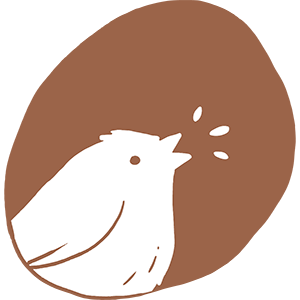

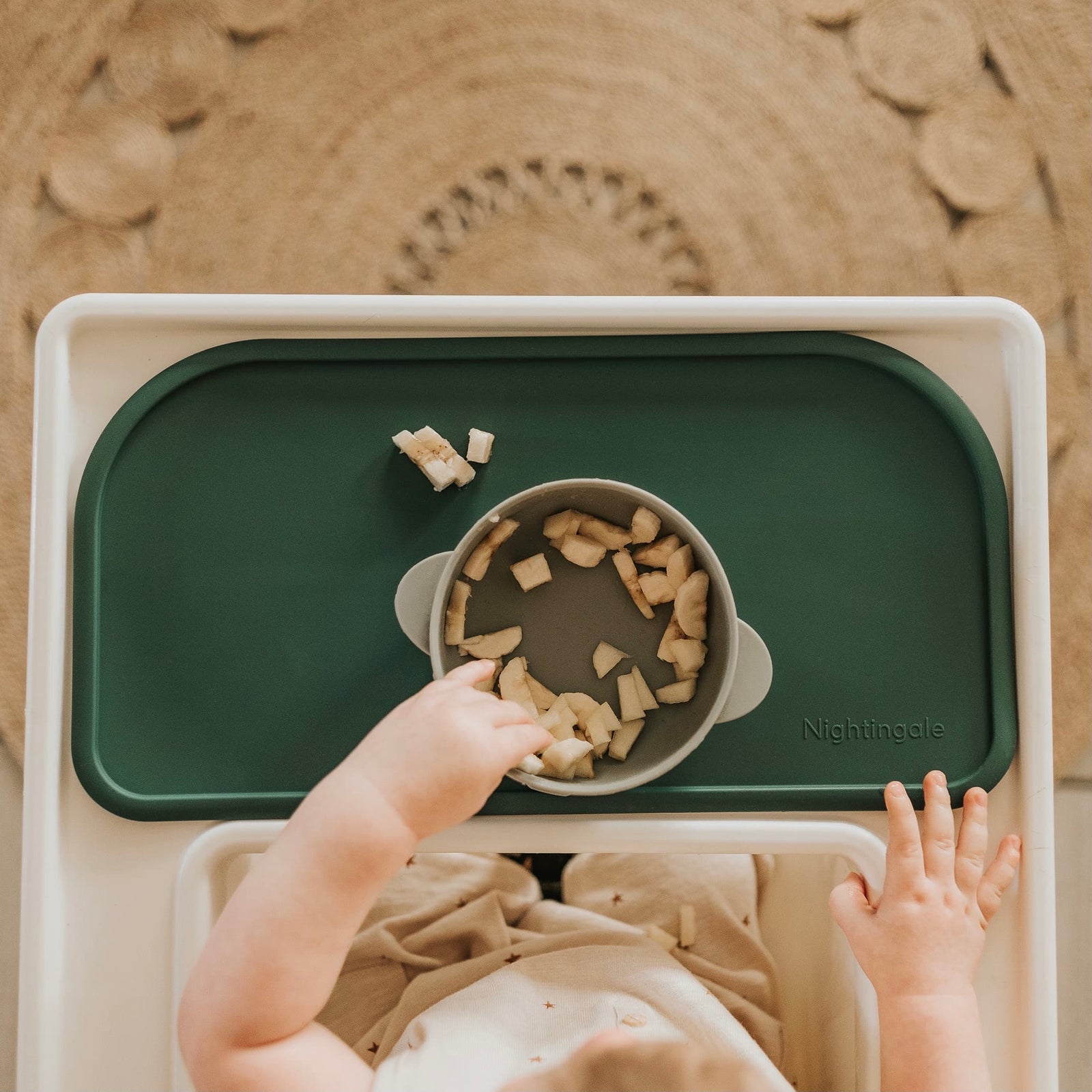








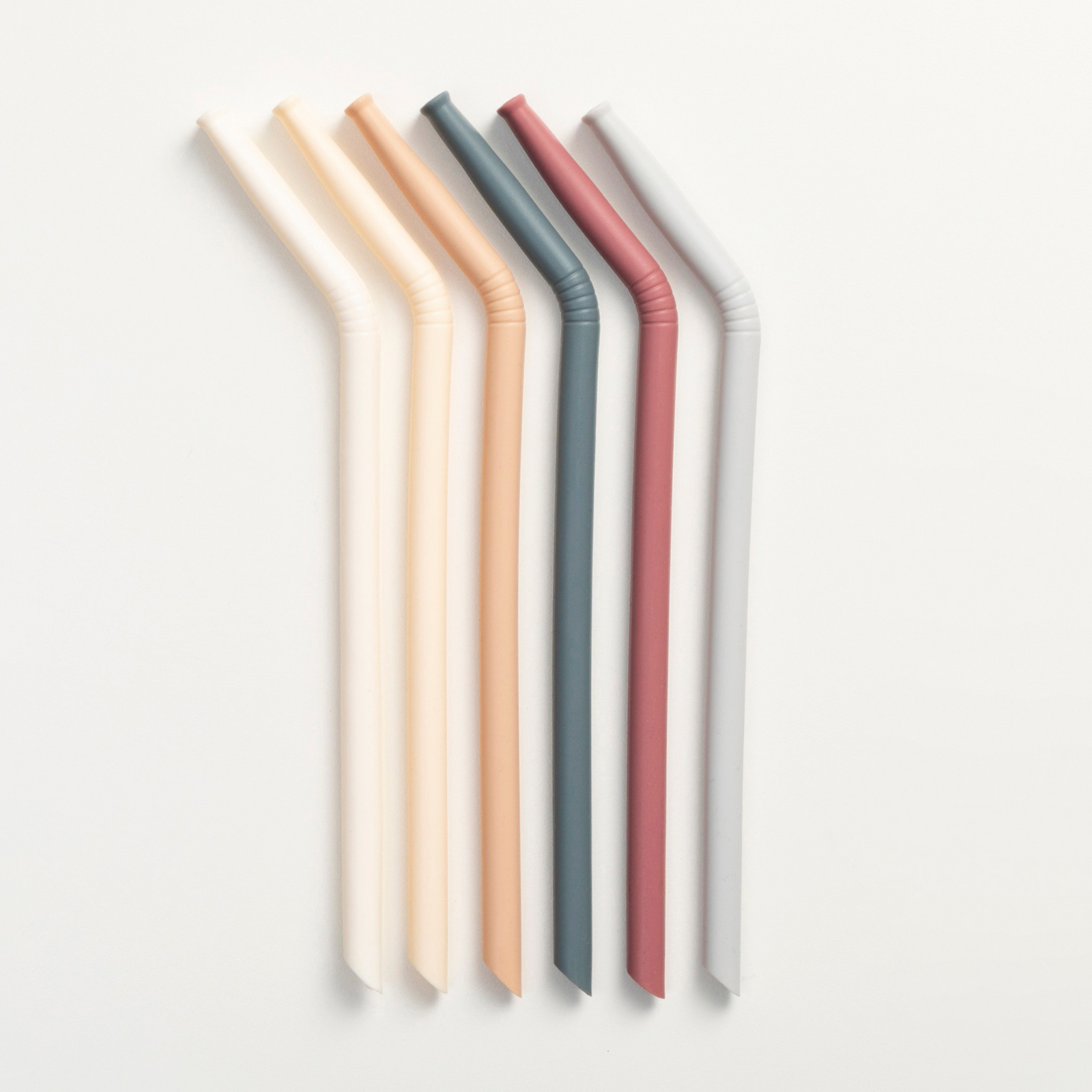
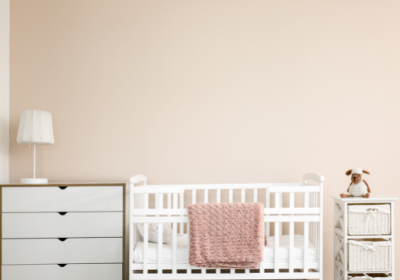
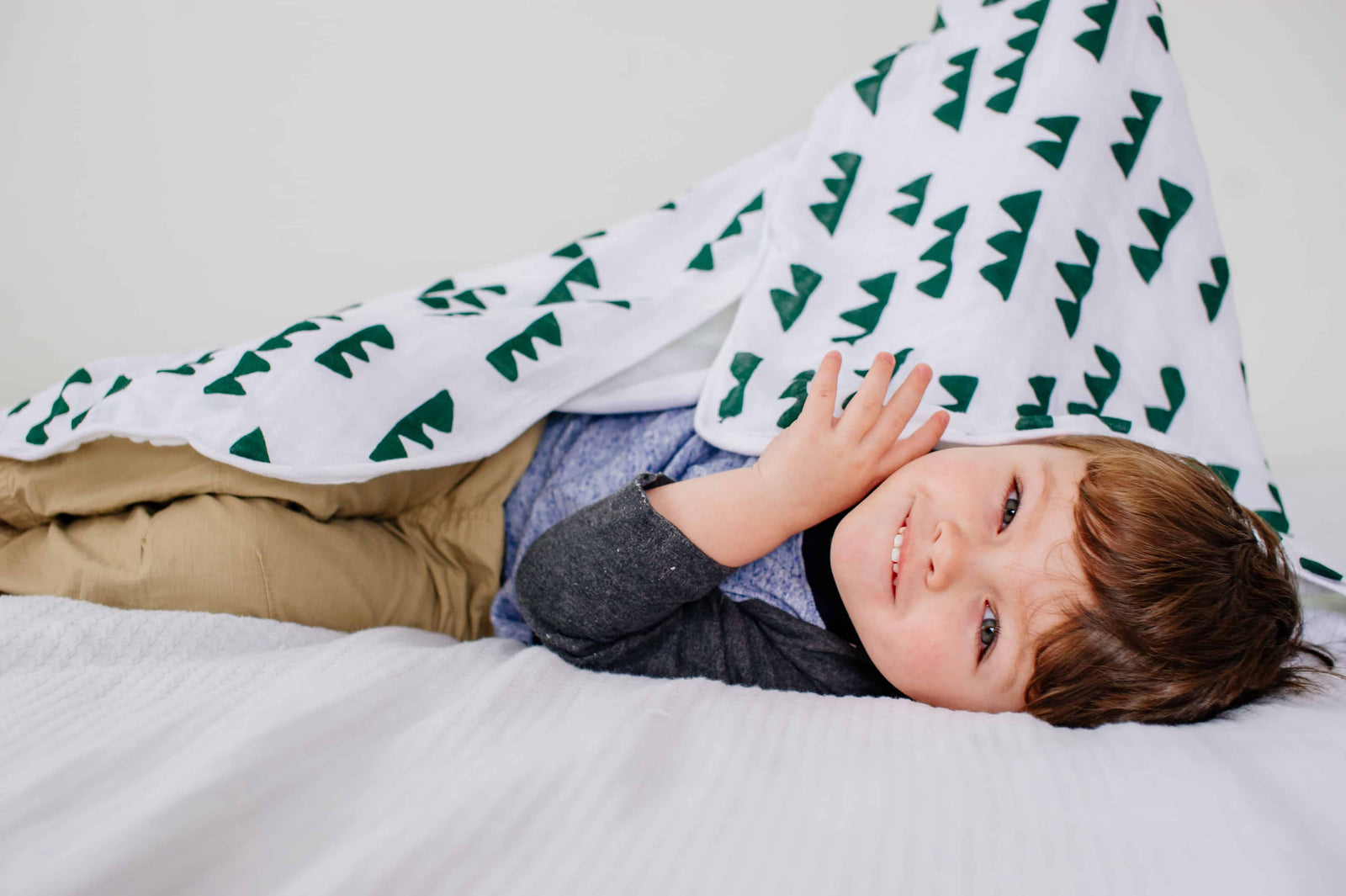
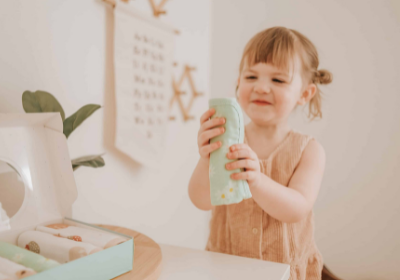
vinod gupta
July 30, 2024
To ensure your baby’s safety and health, start with foods that are known to be gentle on their digestive systems and rich in essential nutrients.